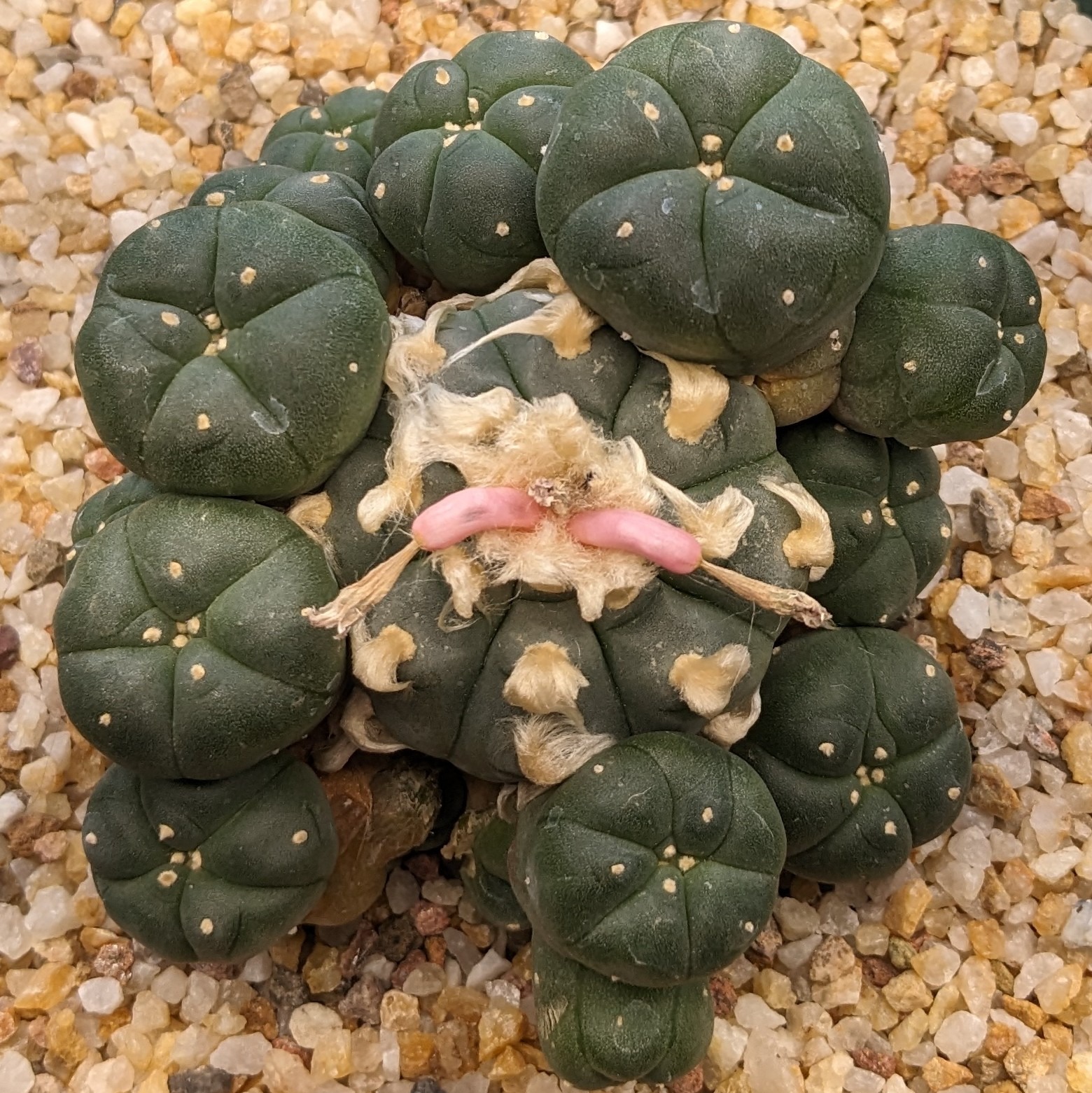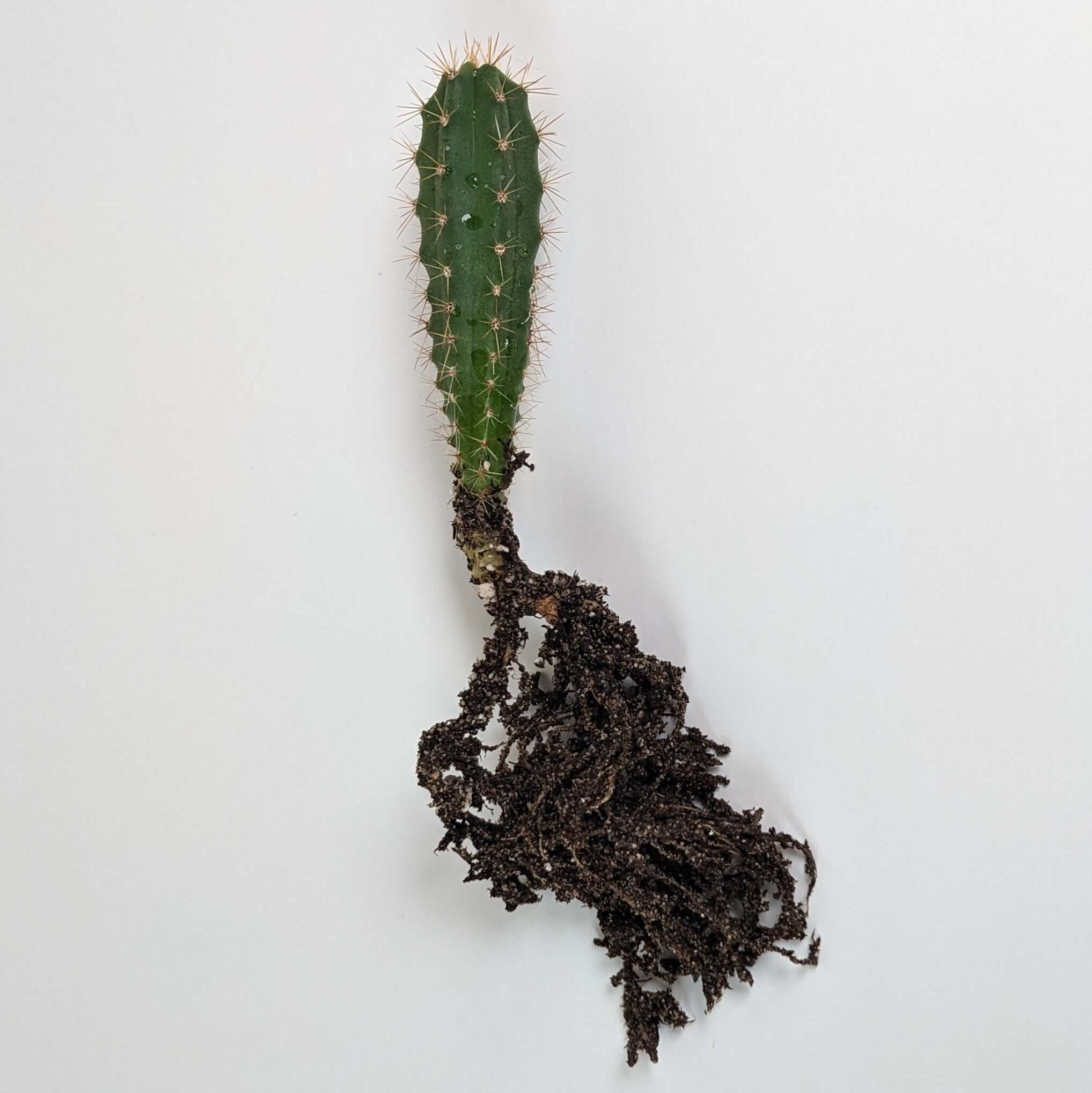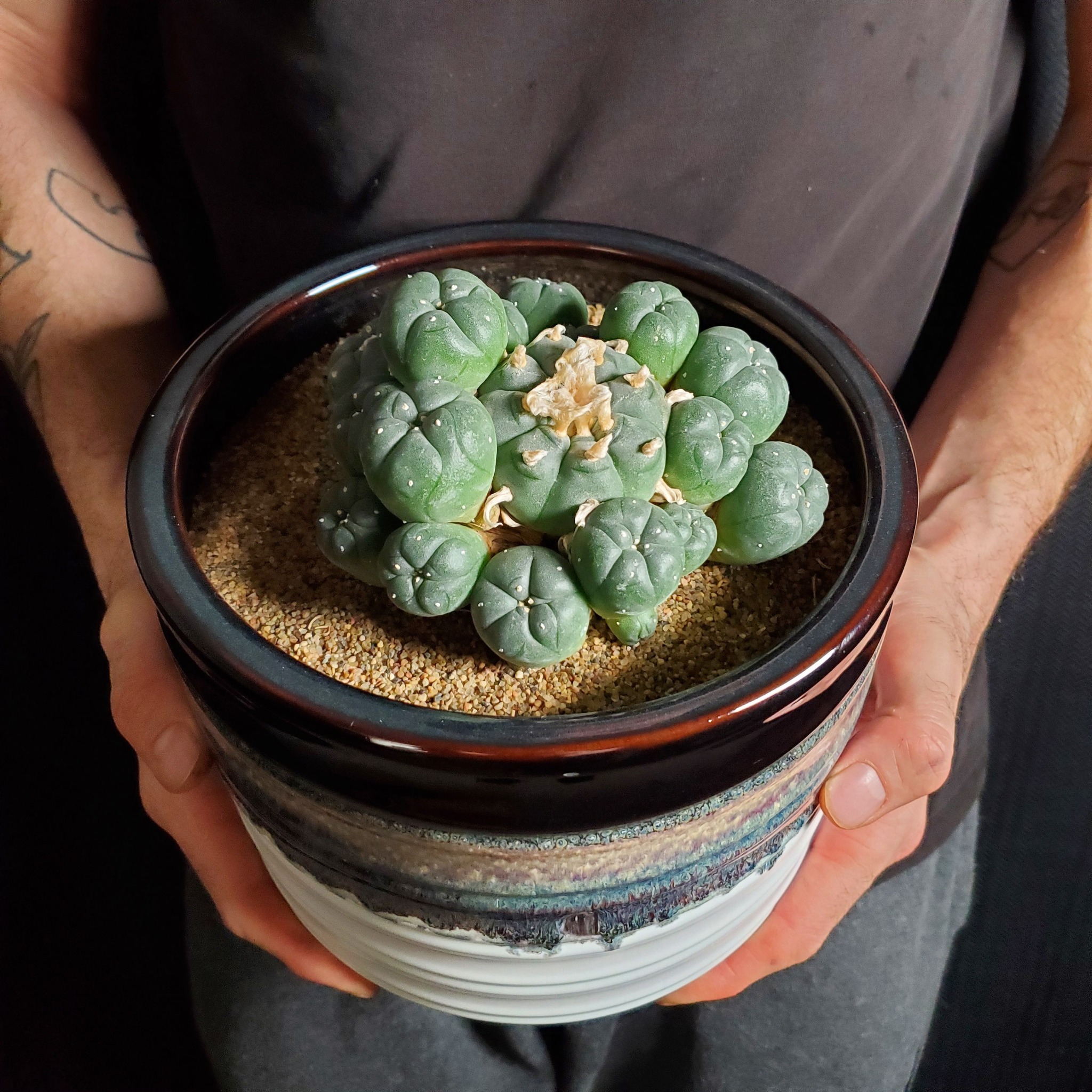Avoid These 10 Common Peyote Cultivation Mistakes for Thriving Cacti

Master peyote cactus cultivation by avoiding these critical mistakes. Learn expert tips on watering, soil, light, and more for healthy Lophophora williamsii growth.
Avoiding Common Peyote Cultivation Mistakes
Peyote cactus (Lophophora williamsii) cultivation is a rewarding practice that requires patience and precision. While these resilient plants adapt to harsh conditions, common mistakes can stunt growth or cause long-term damage. This guide reveals 10 critical peyote cultivation mistakes and how to avoid them for thriving, healthy cacti.
1. Overwatering: The Silent Killer
Overwatering peyote is the top cause of failure. Excess moisture invites fungus, mold, and fatal root rot. Water peyote cactus only when the soil is completely dry. Test moisture by weight: pots feel heaviest when saturated and lightest when dry.
2. Underwatering: Growth Stagnation
While drought-tolerant, prolonged dehydration slows peyote development drastically. Optimize peyote growth by watering immediately after the soil dries completely.
3. Ignoring Soil Evolution
Peyote soil needs change with maturity:
- Seedlings: Prefer moisture-retentive, organic-rich mixes.
- Mature plants: Require gritty, fast-draining soil.
Transition soil composition as cacti age for accelerated growth. [Learn proper peyote soil mixes here.]
4. Skipping Fertilization
Wild peyote survive in nutrient-poor soils, but cultivated peyote benefit immensely from feeding. Use a balanced cactus fertilizer (like Schultz Liquid Cactus) at half-strength for young plants and full strength for mature cacti. Apply with every watering.
5. Insufficient Light Exposure
Inadequate light causes etiolation: stretched, thin growth. Ensure bright, indirect light for compact, healthy peyote. Use full-spectrum grow lights if natural light is limited.
6. Light Overexposure (Sunburn)
Excessive light bleaches or reddens skin, halting growth. Outdoors, use 30-50% shade cloth or partial shade. Indoors, position grow lights 12-18 inches away to prevent burns.
7. Choosing the Wrong Pot
Ideal peyote pots must:
- Have drainage holes
- Be tall (accommodate taproots)
- Be made of breathable terracotta/clay
Avoid oversized containers that trap moisture. Repot biannually to refresh soil and stimulate growth.
8. Temperature Instability
Peyote thrives at 70-90°F (80°F ideal). Temperatures below 60°F slow metabolism, while extreme heat promotes disease. Maintain stable warmth for optimal peyote growth.
9. Inconsistent Growing Conditions
Frequent environmental changes (light shifts, relocation) stress cacti. Establish a permanent location with consistent light and temperature.
10. Using Purified Water
Distilled or RO water lacks essential minerals. Use spring water or dechlorinated tap water instead. Trace minerals support long-term health.
Bonus Mistake: Incorrect Light Spectrum
- Seedlings/Young Plants: Need blue-spectrum light (daylight bulbs) for vegetative growth.
- Mature Peyote: Require red-spectrum light (warm bulbs) to encourage flowering.
Full-spectrum LED lights simplify all growth stages.
Master Peyote Cultivation
Avoiding these common peyote mistakes is your foundation for success. Ready to become an expert? Enroll in our comprehensive [Peyote Cactus Cultivation Course]— your step-by-step guide to growing robust, flourishing Lophophora williamsii at any skill level.




